Dassault Super Etendard -
Armada Argentina, Rio Grande, 1982.
Academy. Generally a nice kit, with good looking but not entirely accurate decals. The colours of the blue tail markings are far too vibrant and the squadron badge is overscale.
This aircraft was credited with the sinking of HMS SHEFFIELD in 1982 and took part
in the later sinking of the STUFT container ship, Atlantic Conveyor. Both attacks
used the Aerospatiale MM38 Air launched Exocet anti-
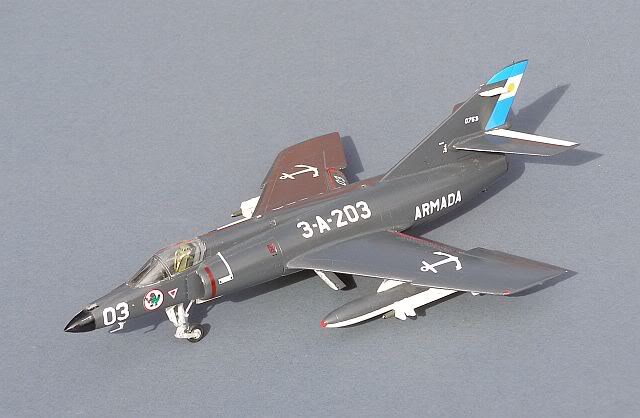
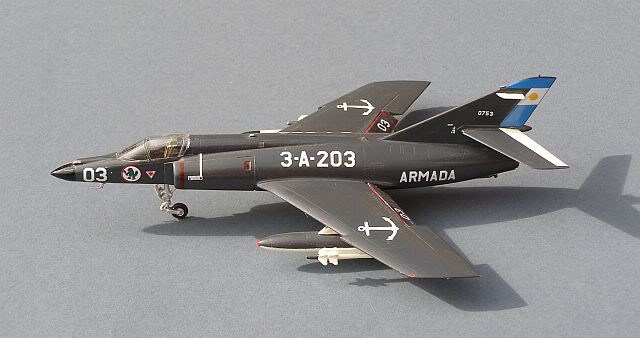
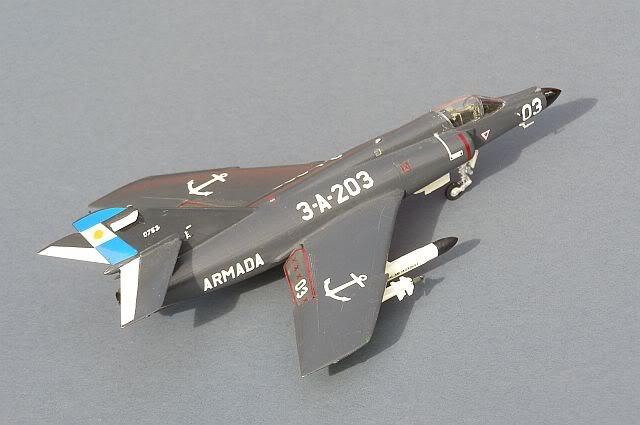
Douglas A-
Armada Argentina, Rio Grande,1982.
This ancient Airfix kit was first issued in 1958 and represents the very early A
model Skyhawk. As such it is theoretically just about an acceptable base for an Argentine
A-

During the 1982 Falklands War, the Argentine Navy's A-
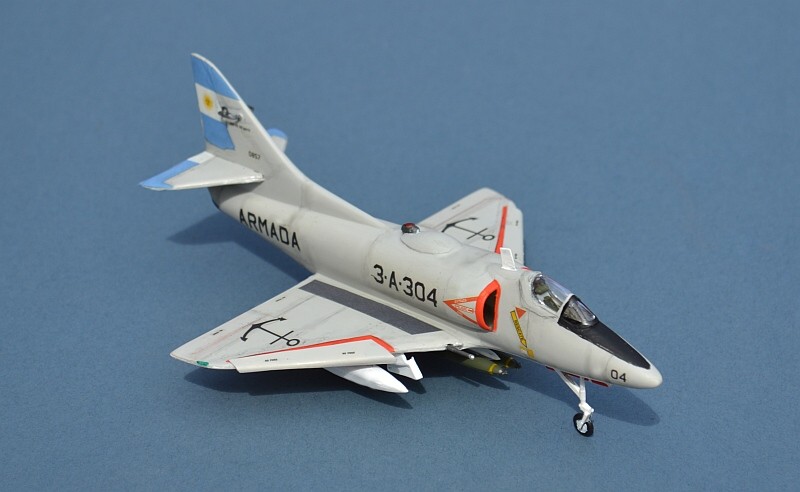
In all, 22 Argentine Skyhawks (10 A-
IAI Dagger -
PM. Not recommended. Crude, inaccurate, skinny, poorly fitting and the (nice looking) decals disintegrated on contact with the water.
A development of the French Mirage 3 and 5, the Argentine Air Force used the Israeli supplied Dagger fighter in the FGA role against RN ships during the 1982 Falklands conflict to good effect, pressing home their attacks with outstanding skill and bravery. A large number were lost to SAM, AAM and ground fire, but they took a heavy toll on the British forces.
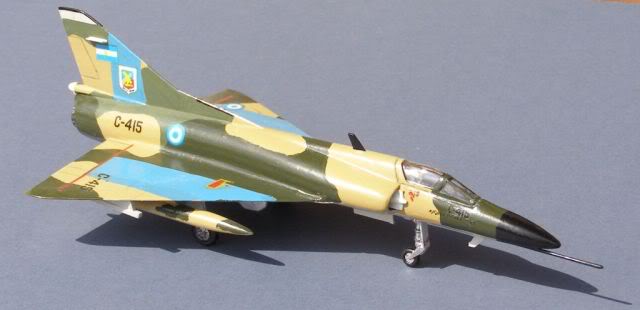

Adversaries: Falklands War 1982
IAI Dagger in detail
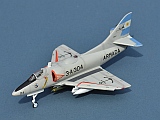

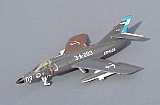
Click on the icon or scroll down to see the models
www.gengriz.co.uk
Page background © Crown copyright reproduced under delegated authority from The Keeper of Public Records. Image: IWM (FKD 182)
An Argentine IAI Dagger, photographed from the deck of a British warship, flies at high speed along "Bomb Alley" during a low level attack on British war ships in San Carlos Water on 24 May 1982. The white clouds are shells bursting as British warships return fire. The Argentine pilots had been ordered to attack British warships in preference to the supply ships, which were in fact more vital to the success of the British landings at San Carlos.
Part 2 -